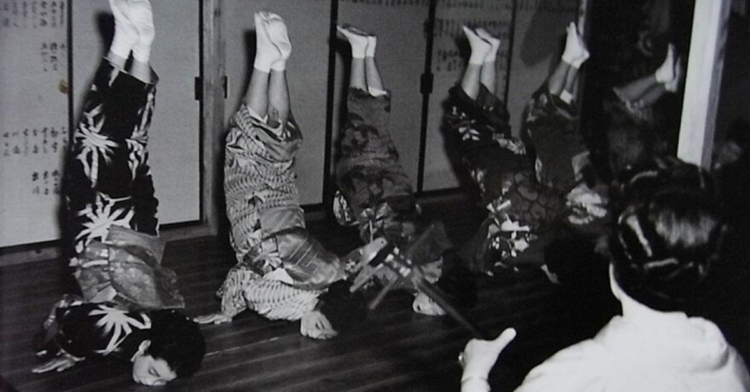By now, we’ve seen enough biopics of famous trailblazers to appreciate how hard it usually is to be the first person to do anything.
After all, if nobody else has done something before, the number of people who will understand what’s going on when we try can be few and far between. And it doesn’t help that those who can’t recognize a visionary when they see one aren’t always nice about that fact.
But when someone believes strongly enough in their idea or their dream, they can accomplish some seriously incredible things and even make their own mark on history.
Unfortunately, many of these pioneers don’t live to see the impact they’ve made, so it’s always very special when someone can confidently say they have. And it’s even better when it doesn’t seem like they’ve slowed down at all.
Since she first took up photography in 1940, 105-year-old Tsuneko Sasamoto has established herself as Japan’s first woman to become a photo-journalist.

As The Japan Times reported , the Tokyo-born photographer had dreams of being a painter, author, or a journalist, but became interested in photography when a neighbor’s friend asked her to join his group.
Although she claimed to be shy at first, it sounded like you wouldn’t know it from how she chased the perfect shot.
An example of her boldness in those early days arose when she was assigned to photograph famous U.S. commander General Douglas McArthur.

Although photographers were expressly forbidden in the days where U.S. forces occupied Japan, she nevertheless asked McArthur and his wife to pose a second time so she could get a better shot.
It helped that she had learned enough English in school by then to make that request.
As Sasamoto said, one of the biggest pains for early photographers was the need for flash bulbs on every shot.

Although this meant that she had to encumber herself further with a bag of flashbulbs to go with her heavy camera, the biggest obstacles she faced weren’t practical, but social.
For instance, women at that time were required to put on skirts and high heels while they worked, which made it difficult to go up ladders for better shots.
She also dealt with frequent, but unspecified derogatory comments from officials that she photographed.

As if that wasn’t enough, The Japan Times also reported that Sasamoto experienced pressure from her father and brother who worried about her working late.
On one occasion, her brother tried to convince her to stop working and get married “before it was too late.”
As we now know, however, her passion for what she did would power her through these obstacles for decades to come.

As we can see, much of her early work concerned the state of Japan in its post-World War II years.
Bombed-out ruins and scenes of people trying to get by in a place with a dearth of economic opportunities featured heavily in her photos at the time.
Some of her subject matter was also a little easier to understand for those living in Japan than for anyone looking back on her photos internationally.

For instance, a lot of people would see this image and have little to no idea what is going on here.
Those in the know, however, would recognize this as a pretty dynamic shot of a training session for geishas.
Back in 2014, Sasamoto celebrated her 100th birthday and remained as enthusiastic about photography as ever.

In July of that year, she underwent a journey to Hokkaido to take pictures and also said she had no issue carrying her own equipment because cameras are lighter than they used to be.
Despite not using them anymore, however, she told The Japan Times that she still preferred the old mechanical cameras. Part of this has to do with the fact that she finds some of the features of digital cameras hard to understand.
During that year, it also became clear that not even two broken legs and a broken hand would stop her.

As Bored Panda reported , she took pictures of flowers while in rehab for these injuries as part of a project called Hana Akari , which means “flower glow.”
It was intended as a tribute to her fallen friends.
h/t: The Japan Times

















































